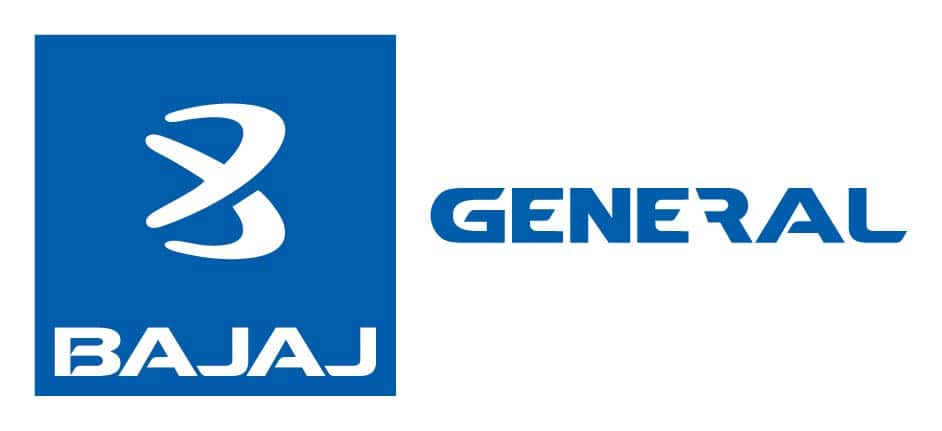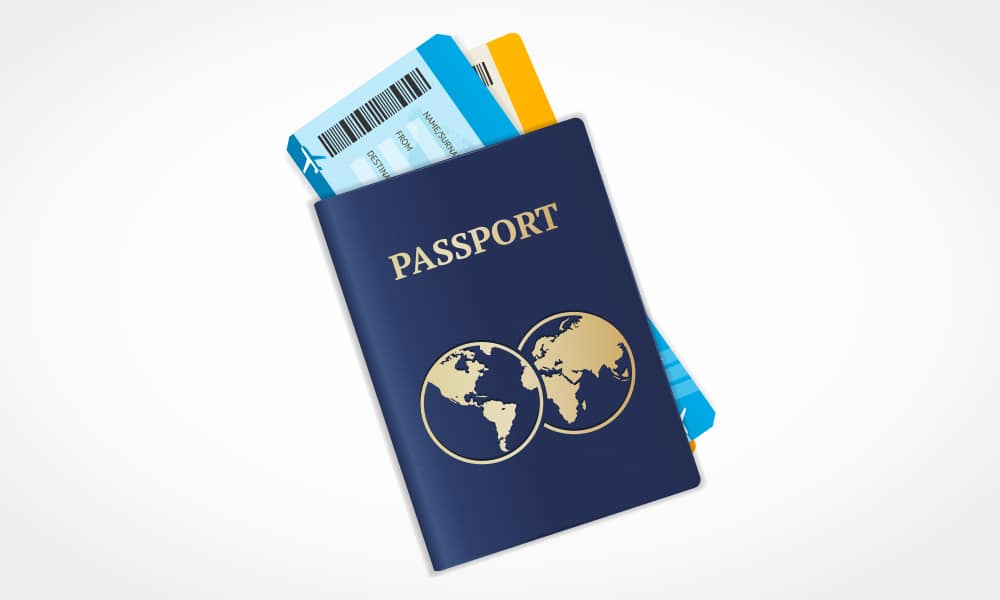


Does any of the traveller have any pre-existing medical condition like BP, diabetes etc? See what it means ›
Now covers COVID-19
The Oldest Languages Still Being Spoken in the World!
The need to communicate transcends races and geography. Even before the modern era, long before the beginning of civilizations, humans used gestures, hands and primitive sounds to communicate with each other. Languages emerged about 10 millenniums ago, changing the course of the entire humanity. While many languages died, evolved or stopped being used entirely, there are some still in use today. Read on to know more about these ancient languages and the significance they still have today!
Travel Insurance Plans on PolicyBazaar#1
- Individuals
- Sr. Citizens
- Students
The Oldest Languages of the World
Linguists and language enthusiasts all over the world have no easy way to determine the oldest language in the world. There is also no way of knowing the first language that was ever spoken. However, most researchers agree that the oldest spoken languages with a clear written record include Sumerian, Akkadian and Egyptian.

Sumerian is considered the oldest language in the world as it was the first language to be written in the famous cuneiform script. We have compiled some of the oldest languages in the world, along with their earliest record.
| Language | Age |
| Sumerian | 3100 BCE |
| Egyptian | 2690 BCE |
| Akkadian | 2500 BCE |
| Sanskrit | 2000 BCE |
| Greek | 1450 BCE |
| Chinese | 1250 BCE |
| Aramaic | 800-600 BCE |
| Farsi (Persian) | 550 BCE |
| Tamil | 300 BC |
| Korean | 57 BCE |
| Latin | 7 BCE |
| Basque | 1 BCE |
| Arabic | 4 CE |
| Irish Gaelic | 4 CE |
| Hebrew | 200 CE |
Please note that the languages mentioned above include both dead and live languages. Some of these languages have completely changed, while some are no longer spoken by anyone.
Some of these languages are the precursors to several other languages that are spoken today. One of the best known example is Latin, an otherwise dead language but is the source of almost 60% of English vocabulary.
| You May Like to Read: Best Ways to Explore a Non-English-Speaking Country |
The Oldest Living Languages in the World
There are languages dating back as early as 4500 BCE and as new as a few decades. Now that you have some idea about the history of languages, let's take a look at some of the oldest languages that are still in use today:
-
Tamil

Among the official languages of India, Sri Lanka and Singapore, Tamil has been considered a classical language which continues to survive almost in the same form as it did during its inception. The language is a part of the Dravidian language family and is spoken by over 70 million people worldwide.
-
Chinese

A part of the Sino-Tibetian language group, Chinese characters date back over 3,000 years and exist in several dialects. It is among the oldest spoken as well as the oldest written languages in the world, with the earliest Chinese inscriptions dating back to around 1250 BCE.
It is also the single-most spoken language in the world, with more than 1.1 billion speakers. The most popularly spoken Chinese today includes Cantonese and Mandarin, all descending from Old Chinese.
-
Farsi

Farsi or Persian is a relatively new language compared to the ones you just read about. However, it is also the longest surviving language dating back to around 550 BC. It belongs to the Indo-Iranian language family, and is still spoken by 110 million people worldwide.
Persian is also considered an important language in India, being the official language in several Royal households. It has also influenced other languages, including Turkish and Urdu.
-
Greek

Dating back to 1450 BCE, Greek has always been the lingua franca of the philosophers, thinkers and mathematicians. It was also the official language of the famed Byzantine Empire. Greek has evolved considerably but is still very similar to the original Ancient Greek, spoken by more than 13 million people in Cyprus and Greece.
-
Aramaic

This ancient Syrian language dates back to 11 BCE, making it one of the oldest languages with definite writing records. Infact, the Aramaic letter is the precursor to the Arabic and Hebrew alphabets. It exists in several varieties and is still the everyday language of several Armeans, Mizrahi Jews, and Assyrians. Overall, around 1,000,000 people speak variants of Aramaic even today.
-
Arabic

Old Arabic goes back to the first century CE, with its modern variant still spoken by more than 420 million people. The language is over 1500 years old, and is the official language of the Islamic holy scripture Quran.
-
Basque

Basque existed in Europe long before Europe adapted the Indo-European languages. The only surviving Paleo-European language, Basque is still spoken in parts of France and Spain. It is considered a language isolate and researchers are still trying to discover its exact origins and history.
Over to You,
These are just a few of the oldest languages of the world. Since there is a lot of ongoing research and lack of written records, it is hard to pin-point when a certain language emerged.
With the advent of language learning apps and rising interest in obscure, some of these languages can be easily studied and learned. Especially if you plan to take a trip to a country where any of these languages are spoken, learning a few phrases will go a long way.
Finally, while you pack, prepare and get a crash course in a new ancient language, don't forget to secure your trip with travel insurance. It will keep you safe from many financial emergencies, and also be useful in case you need assistance incase of language-related communication issues abroad.
STANDARD TERMS AND CONDITIONS APPLY. For more details on risk factors, terms, and conditions, please read the sales brochure carefully before concluding a sale.
Policybazaar Insurance Brokers Private Limited, Registered Office - Plot No.119, Sector - 44, Gurgaon, Haryana - 122001 | CIN: U74999HR2014PTC053454 | Policybazaar is registered as a Composite Broker | Registration No. 742, Valid till 09/06/2027 | License category - Composite Broker | Contact Us | Legal and Admin Policies
*Price shown is for a 180 day trip to Thailand with 50 thousand dollar coverage for an adult of age 25 years



















































